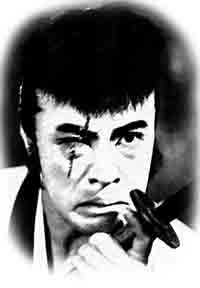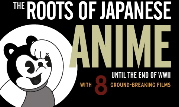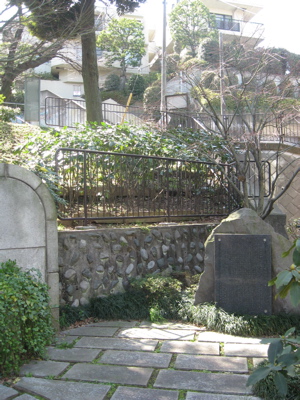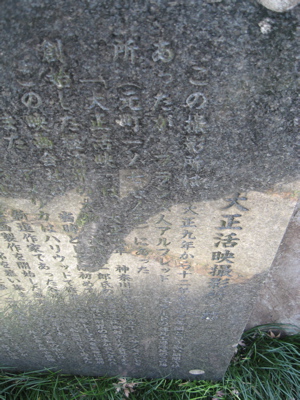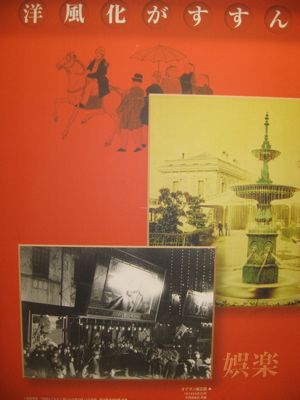Film as an Important Cultural Property
According to the news services, the Council for Cultural Affairs (Bunka Shingikai) has recommended to the Minister of Education that he designate the 1899 film Momijigari, one of Japan’s earliest existing films recording the Kabuki actors Ichikawa Danjūrō IX and Onoe Kikugorō V acting in the eponymous play, an Important Cultural Property (juyo bunkazai). If the recommendation is accepted, the film photographed by Shibata Tsunekichi will become the first motion picture ever to be given that designation.
This might be a momentous decision in terms of film policy (a topic which I've discussed elsewhere). Japanese officialdom has made cultural policy a central aspect of state policy, assigning culture a significant place in defining Japanese history and national identity. I have long complained about a cultural properties policy that privileges pre-modern arts and "traditional" practices as "true" Japanese art, thus denigrating modern arts like film as "Western" and not "truly" Japanese. Such policies serve to construct the nation and its spirit as somehow separate from historical modernity, while also threaten the preservation of the film heritage by essentially stating that it is unimportant for Japan. Institutions such as the National Film Center get nice buildings (to support the construction industry) but not enough money to really support good preservation, research, and education in film. One should always take care in pleading for national bureaucrats to support your medium, but I've always felt there are ways to strategically use the government to promote film culture and its preservation. Breaking the standards by designating not just a film, but also a reproducible form like the cinema as a cultural treasure, may open the way for Japan to create something like the National Film Registry in the USA.
But there are reasons not to be too optimistic. Even in its original production, Momijigari was less a film than a recording of a theatrical scene, and in fact used as a substitute for theater at least once. True, it communicates much about the complicated historical relationship between cinema and theater in Japan, as well as represents important aspects of early film culture, but one can imagine that the Council designated it less because it was a film than because it, again, was a record of two illustrious actors (and actors can be designated living cultural properties under the current system). The actual recommendation to the Minister of Education in fact categorized the film not as a film but as a "historical document" (rekishi shiryo). The question will be whether cultural property policy will ever designate a film not so-connected to a traditional art as an important cultural asset in itself - or even a film director or actor as a living national treasure (ningen kokuho).
